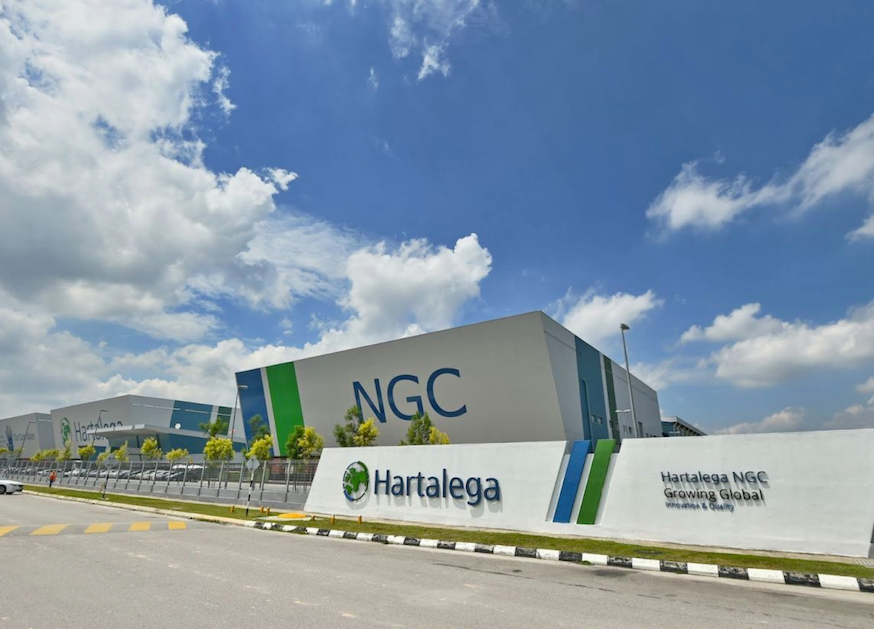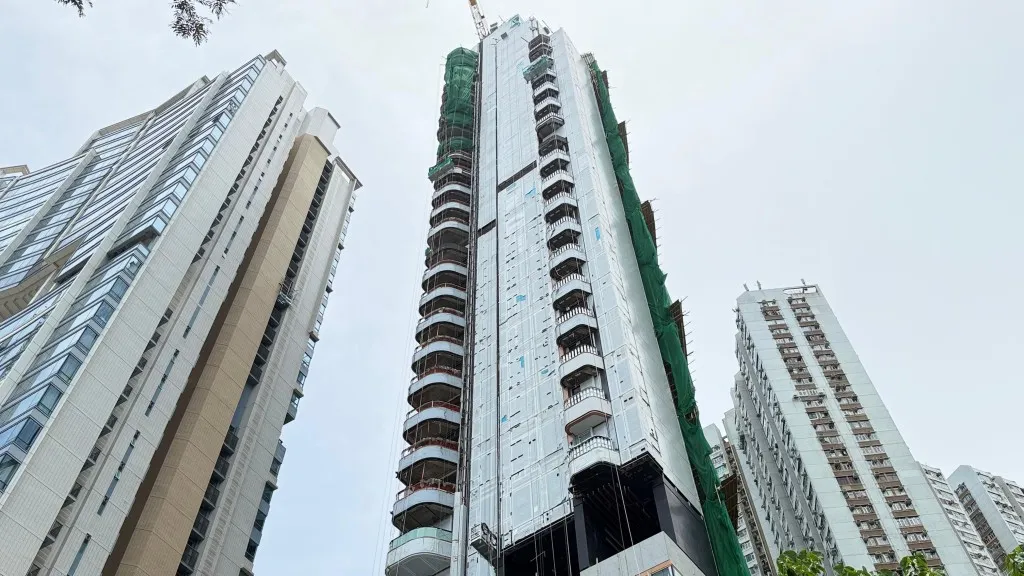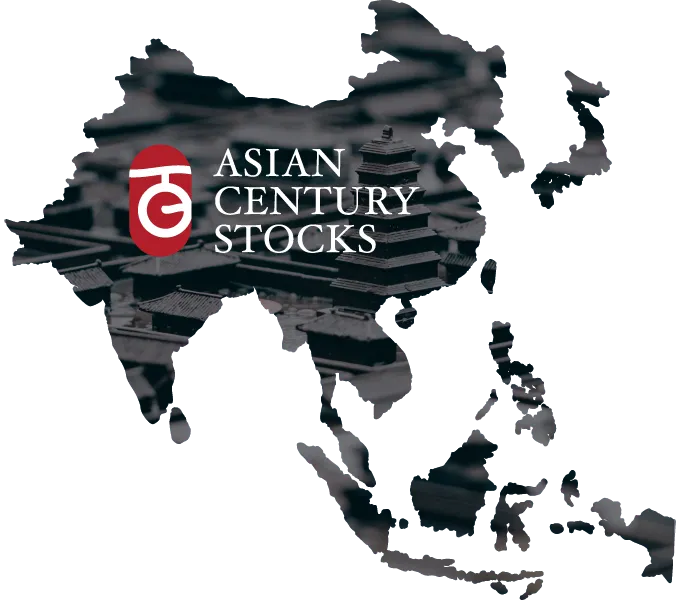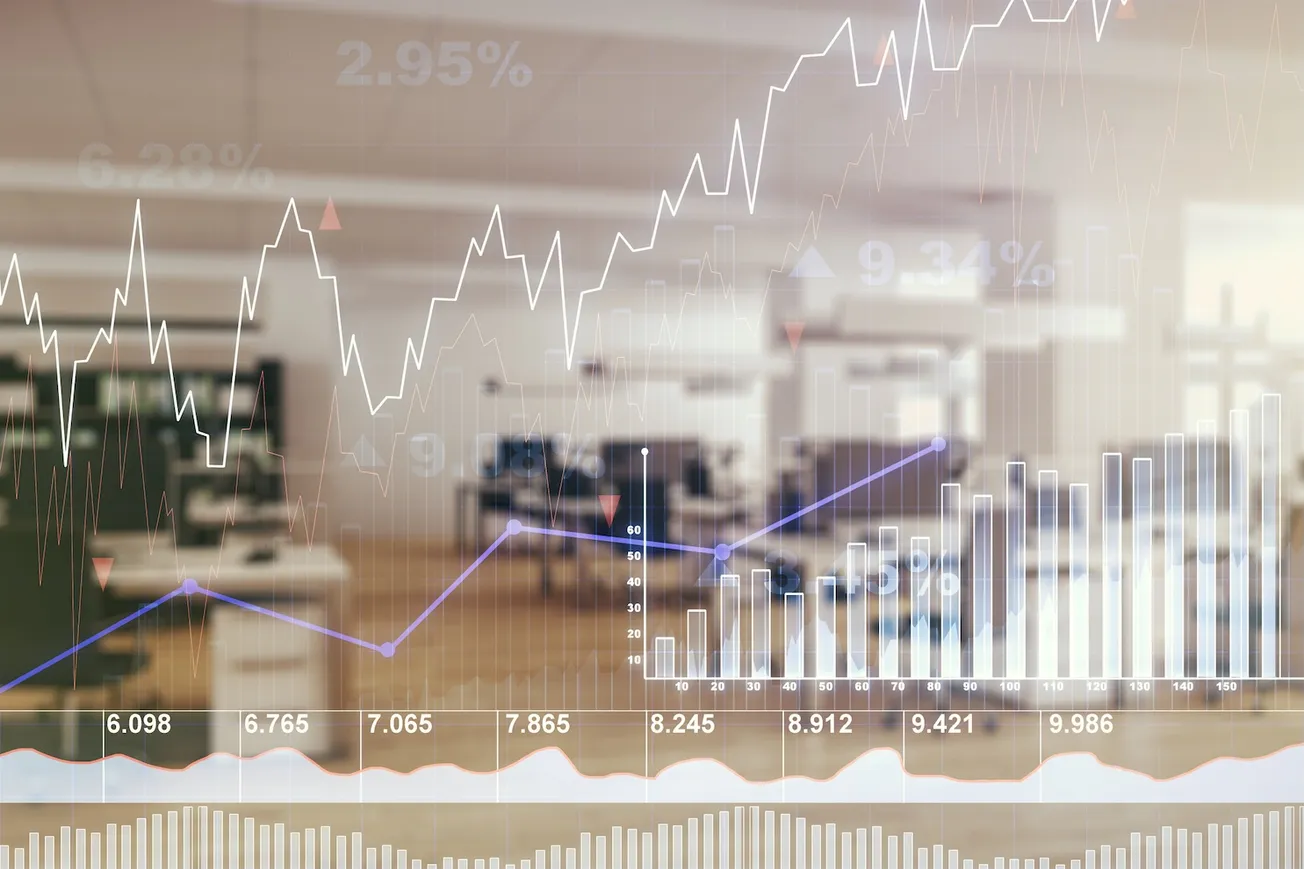Disclaimer: Asian Century Stocks uses information sources believed to be reliable, but their accuracy cannot be guaranteed. The information contained in this publication is not intended to constitute individual investment advice and is not designed to meet your personal financial situation. The opinions expressed in such publications are those of the publisher and are subject to change without notice. You are advised to discuss your investment options with your financial advisers and to understand whether any investment is suitable for your specific needs. From time to time, I may have positions in the securities covered in the articles on this website. Full disclosure: I do not hold a position in Hartalega when publishing this article. Note that this is a disclosure and not a recommendation to buy or sell.

Summary
- Hartalega is one of Malaysia’s largest producers of disposable gloves. They’re primarily sold to the North American and European healthcare industries but also labs, food & beverage companies, etc.
- The glove industry enjoys secular demand growth of about 10% per year. But since the outbreak of COVID-19, the industry has experienced a boom-bust period that has yet to end. The current cycle was made worse because glove makers accumulated cash during the pandemic and used it to expand capacity.
- Today, the industry suffers from oversupply. Average selling prices are at rock-bottom levels, and customer inventory remains higher than normal.
- There are now early signs that average selling prices are bottoming out. Some customers are starting to restock their inventories. In my view, it will most likely take about 2-3 years for supply & demand to return to balance.

Table of contents:
1. Quick recap
2. Update since my first write-up
3. What will change for Hartalega?
4. Valuation multiples
5. Conclusion1. Quick recap
My initial report on Malaysian rubber glove maker Hartalega (HART MK - US$1.5 billion) was published in April 2023. You can find the full report here:

In that report, I wrote that:
- Hartalega is one of the largest producers of disposable gloves globally. It focuses on synthetic “nitrile” gloves made from oil derivatives.
- Nitrile gloves are stronger than latex gloves, less likely to be punctured, and can take a broader range of hazardous materials. They’re also suitable for those with latex allergies. These benefits have enabled the nitrile glove industry to take market share. And that’s enabled Hartalega to grow rapidly in the past twenty years.

- Growth will be driven by demand from emerging markets. The per capita consumption of gloves in Asia is only 10 pieces per year compared to around 150 in developed markets. And bear in mind that Asia has a population of over 4 billion people. Sales volumes in the glove industry could continue for many decades to come.
- Hartalega is known as a low-cost operator with significant scale within the industry. Hartalega’s profits per 1,000 pieces of gloves remain far higher than the industry average, enabling it to survive even challenging market conditions.
- Founder Kuan Kam Hon continues to be active in the company, enabling it to stay at the forefront of R&D regarding process and materials technology. Investors have described management as being “all about business”. The company also has a unique corporate culture, with employees identifying as “hartanians”. It’s a well-run operation.
- The glove industry enjoyed a boom-bust period during COVID-19. Demand rose rapidly in the initial stages of the pandemic, partly driven by stockpiling to meet exponential demand for medical-grade gloves. Average selling prices shot up to stratospheric levels. Glove makers such as Intco expanded their capacity to meet this higher demand. But as the world got vaccinated and developed herd immunity, demand fell. The result is that today, the industry suffers from oversupply and high customer stockpiles.
- You could argue that this oversupply is part of a typical industry capital cycle. Hartalega’s Chinese competitors do not have competitive advantages other than perhaps state support. Capex for the industry as a whole is now back to pre-COVID levels. At some point, underlying volume growth of around 8-10% per year will probably cause industry supply & demand to fall back into balance.
- At the time of the report, Hartalega’s stock price had dropped 60% from its pre-COVID levels despite having accumulated cash of MYR 2 billion (~US$420 million) during the pandemic. Using fairly conservative assumptions given Hartalega’s expansion plans, I calculated a P/E ratio of 10.8x against FY2027 earnings. And given the company’s net cash balance sheet, I predicted an EV/EBIT in the mid-single digits.
- In my assessment, the main risk was that competitors such as Intco would expand without regard for profits. Sell-side pushed this narrative at the time. But I didn’t see much evidence of any irrational capex.
2. Update since my first write-up
2.1. The latest quarterly update
Since my Hartalega report earlier this year, the share price has traded sideways, down just a few percentage points. The stock has dropped almost 50% since its pre-COVID levels.









